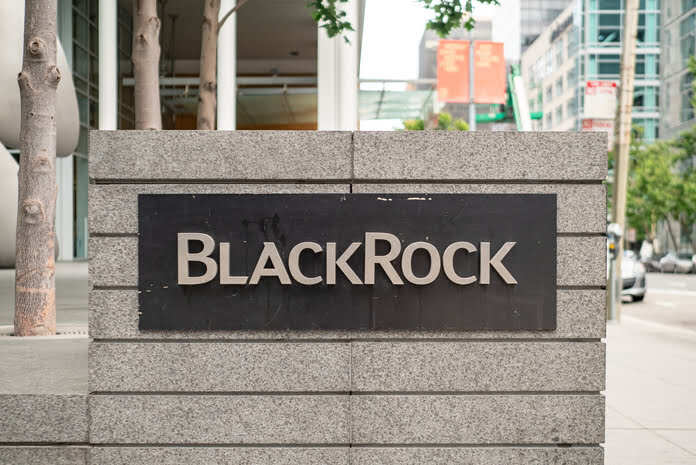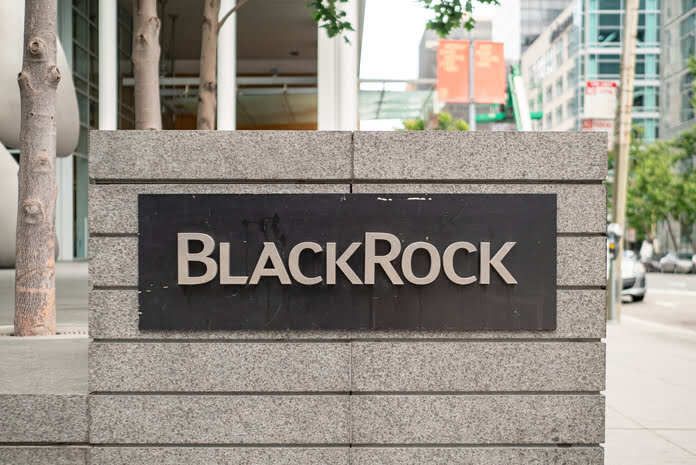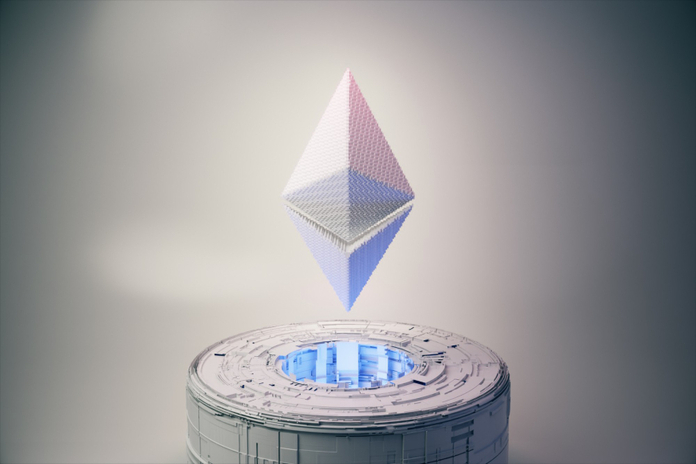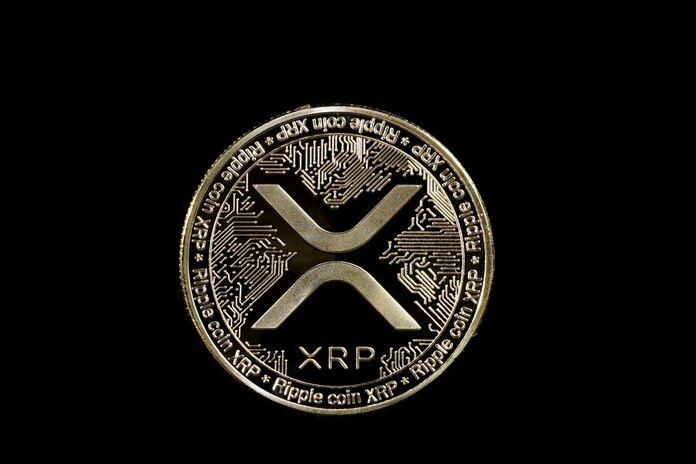BlackRock Crypto Buys $750M in Bitcoin and Ethereum

BlackRock (NYSE:BLK) has made waves in the cryptocurrency market with a massive two-day acquisition of Bitcoin (BTC) and Ethereum (ETH), demonstrating growing institutional confidence in digital assets. As adoption of crypto among major corporations heats up, BlackRock’s purchase signals that traditional finance is increasingly intertwining with the digital economy.
Two-Day Buying Spree
Bitcoin and Ethereum have seen price fluctuations recently, yet BlackRock moved decisively to acquire these crypto leaders. On August 27, the asset manager purchased 413 BTC valued at $46 million and 73,864 ETH worth $342 million. This followed a prior acquisition of 568 BTC for $62.6 million and 65,901 ETH valued at $292.6 million, bringing the total investment close to $750 million within two days.
Such rapid accumulation highlights the firm’s conviction in crypto as an institutional-grade asset class. The purchases were made through BlackRock’s cryptocurrency Exchange-Traded Fund (ETF) products, marking one of the largest single-day crypto acquisitions by a traditional financial institution in 2025.
Institutional Demand for Bitcoin and Ethereum
BlackRock’s move reflects broader trends of institutional adoption. Large holders of BTC and ETH, often called whales, are returning to the market. Data from on-chain analytics provider Santiment shows that wallet addresses holding 1,000 BTC increased by 13, bringing the total to 2,087. For Ethereum, 48 new wallets now hold at least 10,000 ETH, totaling 1,275 wallets.
The return of these whales indicates a potential shift in market dynamics, with high-net-worth investors boosting confidence even amid short-term bearish pressures. Institutional involvement can provide liquidity and reduce volatility, making cryptocurrencies more attractive to a wider range of investors.
Market Impact
At the time of reporting, BTC traded around $113,182, while ETH hovered near $4,573. Despite a 13% decline in Ethereum’s trading volume over the past day, Bitcoin’s volume saw a modest 5% increase. The timing of BlackRock’s purchases during this period of market fluctuation underscores the firm’s long-term conviction in the growth trajectory of both cryptocurrencies.
BlackRock’s acquisitions also indicate increasing mainstream acceptance of cryptocurrencies in conventional financial strategies. With ETFs and other regulated crypto products, traditional investors can gain exposure to digital assets without holding the tokens directly, bridging the gap between conventional finance and the crypto ecosystem.
The Bigger Picture
The firm’s strategic purchases follow growing interest in cryptocurrency as a hedge and investment vehicle. By integrating BTC and ETH into its ETF products, BlackRock is helping validate cryptocurrencies as legitimate institutional-grade assets. This could encourage other large asset managers and financial institutions to expand their exposure, potentially fueling further market growth.
Overall, BlackRock’s crypto acquisitions underscore a notable shift in financial markets. Large-scale institutional participation signals confidence in Bitcoin and Ethereum as viable long-term investments. As adoption continues to rise, the boundary between traditional finance and digital assets is likely to blur, with BlackRock leading the charge in bridging these two worlds.
Future Implications
Looking forward, BlackRock’s large-scale purchases may encourage additional institutional investors to enter the cryptocurrency market. Increased adoption by traditional finance could lead to higher liquidity, reduced volatility, and more robust price support for both BTC and ETH. Regulatory clarity around ETFs and other crypto products may also accelerate participation from pension funds, insurance companies, and corporate treasuries.
If this trend continues, we may see a new era where cryptocurrencies coexist seamlessly with traditional financial instruments, providing diversified exposure for investors while solidifying Bitcoin and Ethereum as key components of long-term portfolios. BlackRock’s actions serve as a benchmark for institutional confidence in digital assets, potentially shaping market trends for years to come.
Featured Image: Megapixl








